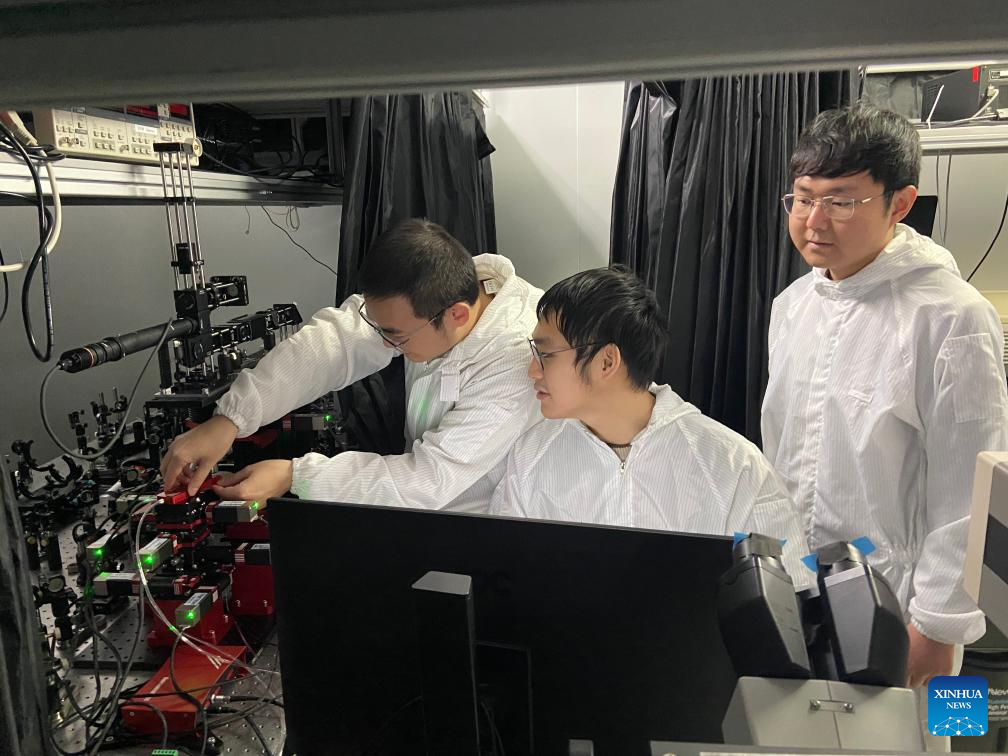A team of Chinese researchers has unveiled a new era in laser technology with the invention of Twist Boron Nitride (TBN), an ultrathin optical crystal boasting micron-level thickness.

A team of Chinese researchers has unveiled a new era in laser technology with the invention of Twist Boron Nitride (TBN), an ultrathin optical crystal boasting micron-level thickness.
Led by Prof. Wang Enge from the School of Physics at Peking University, the team’s creation is now recognized as the world’s thinnest optical crystal. The TBN crystal showcases a remarkable increase in energy efficiency, ranging from 100 to 10,000 times when compared to traditional crystals of similar thickness.
Published recently in the esteemed journal Physical Review Letters, the research introduces a pioneering theory in optical crystals, marking an original innovation in China. Prof. Wang Enge, also an academician of the Chinese Academy of Sciences, emphasized the creation of a new field focused on crafting optical crystals from two-dimensional thin-film materials of light elements.
The cornerstone of the information society, lasers, relies on optical crystals for functions such as frequency conversion, parametric amplification, and signal modulation. Over the past six decades, optical crystal research has been primarily guided by theories proposed in the United States. However, limitations in existing theories and materials have hindered the development of laser devices that meet future demands for miniaturization, high integration, and functionalization.
To address these challenges, Prof. Wang Enge and Prof. Liu Kaihui led the team in developing the twist-phase-matching theory, a groundbreaking approach based on light-element materials. Prof. Liu described the mechanism as coordinating the direction and pace of a marching column, significantly improving the energy conversion efficiency of lasers.
Unlike traditional crystals with millimeter or centimeter thickness, the TBN crystal’s thickness ranges from 1 to 10 microns. This ultrathin characteristic opens up new possibilities for the miniaturization and functionalization of laser devices.
The twist-phase-matching theory not only introduces a new design model and material system but also represents a comprehensive innovation from basic optics theory to material science and technology. The team’s achievement is now in the process of applying for patents in the United States, Britain, Japan, and other countries.
“The future of laser technology is determined by the design theory and production technology of optical crystals,” emphasized Prof. Wang Enge. With its ultra-thin size, exceptional integration potential, and novel functions, the TBN crystal is poised to make breakthroughs in quantum light sources, photonic chips, artificial intelligence, and various other fields in the foreseeable future.
This remarkable leap in ultrathin optical crystal technology not only cements China’s position at the forefront of scientific innovation but also promises transformative advancements in the broader landscape of laser technology and its applications.